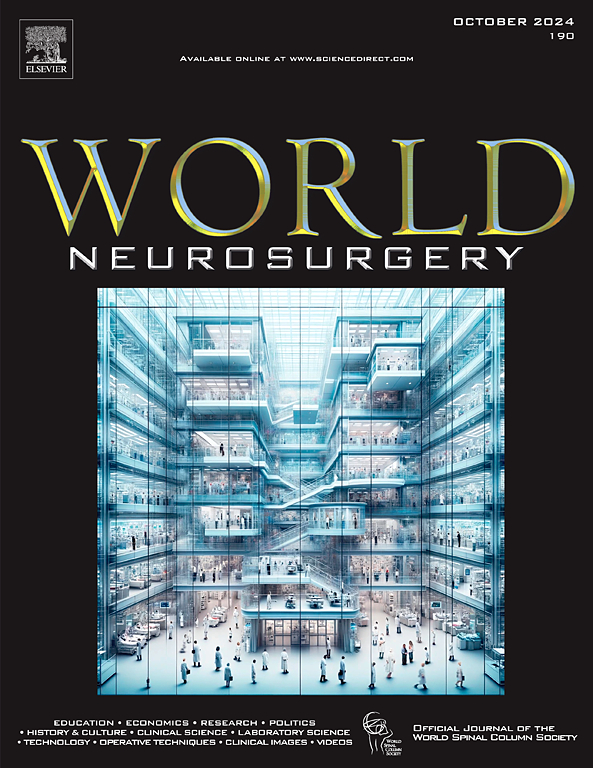Trend Toward Vaginal Versus Cesarean Deliveries in Pregnant Patients with Unruptured Intracranial Aneurysms in the 2010s: A Nationwide Inpatient Analysis
IF 1.9
4区 医学
Q3 CLINICAL NEUROLOGY
引用次数: 0
Abstract
Objective
The safety of spontaneous vaginal delivery in pregnant patients with known unruptured intracranial aneurysms (UIAs) has been supported by increasing evidence over the past 2 decades. However, the extent to which this increased evidence has since influenced changes, if any, in actual clinical practice, has yet to be studied.
Methods
Using the 2012 to 2020 Nationwide Inpatient Sample, trends in vaginal versus caesarian delivery among mothers with UIAs were assessed in temporal fashion and compared to overall trends in delivery modality during the same period. Demographic, hospital, and insurance characteristics were also assessed for relationship with method of delivery.
Results
A total of 6,624,556 obstetrical patients presented for elective delivery in the 2012–2020 Nationwide Inpatient Sample. This included 419 patients with UIA included in the final analysis. Patients in later years were over twice as likely to have been given a trial of vaginal delivery (odds ratio: 2.01, 95% confidence interval: 1.29 to 3.14, P = 0.002). This was also statistically significantly different from overall rates of vaginal versus caesarian delivery in the overall cohort (P < 0.001). Hospital, regional, demographic and payer characteristics analyzed were not significantly associated with delivery method.
Conclusions
There was a significant trend over the 2010s toward permitting more spontaneous vaginal deliveries for obstetrical patients with known UIAs.
求助全文
约1分钟内获得全文
求助全文
来源期刊

World neurosurgery
CLINICAL NEUROLOGY-SURGERY
CiteScore
3.90
自引率
15.00%
发文量
1765
审稿时长
47 days
期刊介绍:
World Neurosurgery has an open access mirror journal World Neurosurgery: X, sharing the same aims and scope, editorial team, submission system and rigorous peer review.
The journal''s mission is to:
-To provide a first-class international forum and a 2-way conduit for dialogue that is relevant to neurosurgeons and providers who care for neurosurgery patients. The categories of the exchanged information include clinical and basic science, as well as global information that provide social, political, educational, economic, cultural or societal insights and knowledge that are of significance and relevance to worldwide neurosurgery patient care.
-To act as a primary intellectual catalyst for the stimulation of creativity, the creation of new knowledge, and the enhancement of quality neurosurgical care worldwide.
-To provide a forum for communication that enriches the lives of all neurosurgeons and their colleagues; and, in so doing, enriches the lives of their patients.
Topics to be addressed in World Neurosurgery include: EDUCATION, ECONOMICS, RESEARCH, POLITICS, HISTORY, CULTURE, CLINICAL SCIENCE, LABORATORY SCIENCE, TECHNOLOGY, OPERATIVE TECHNIQUES, CLINICAL IMAGES, VIDEOS
 求助内容:
求助内容: 应助结果提醒方式:
应助结果提醒方式:


